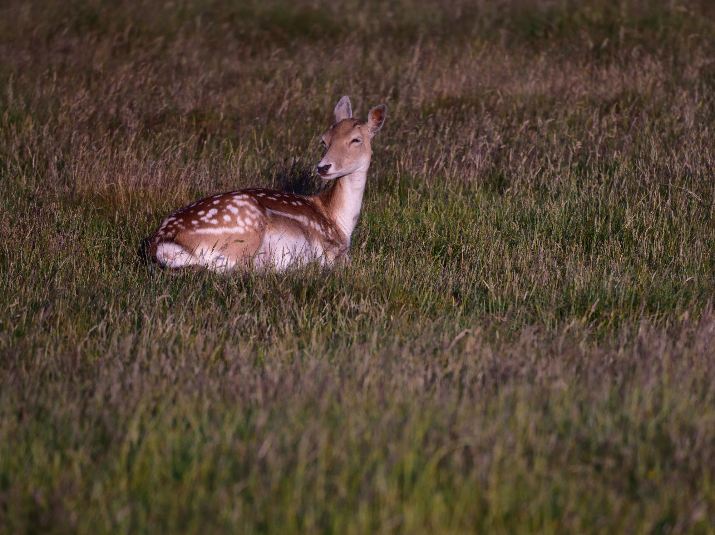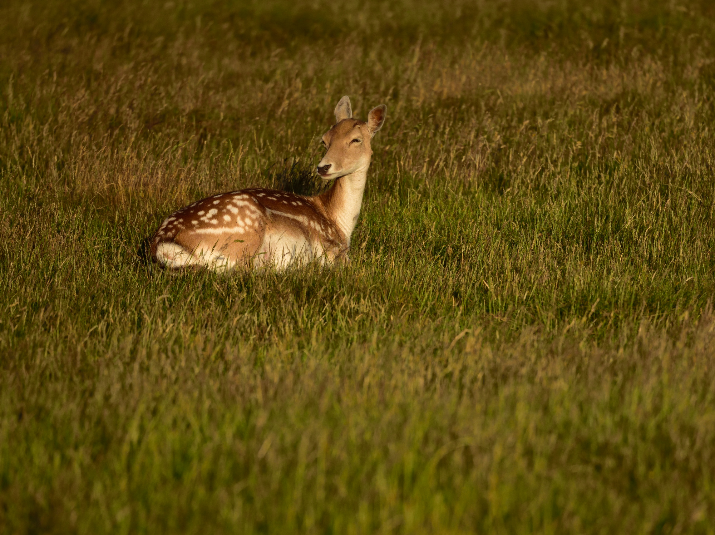Colour is affected by the lighting conditions it's viewed under. Our eyes compensate automatically for different types of light, seeing a white object as white no matter whether it's viewed in sunlight, under overcast skies or under incandescent light. But, clever as modern digital cameras are, they need a bit of help to do this – and that's where the white balance setting comes in.
With the default auto white balance, your camera determines the colour temperature of the light and selects the most appropriate pre-programmed setting to create natural-looking colours in the captured image. This works well when the lighting is more or less one type (such as sunlight) and the main subject is neutral or white, but there are plenty of situations where you'll want to be the one making the choices, and that's where manual white-balance settings come in.
Manual white-balance options include:





